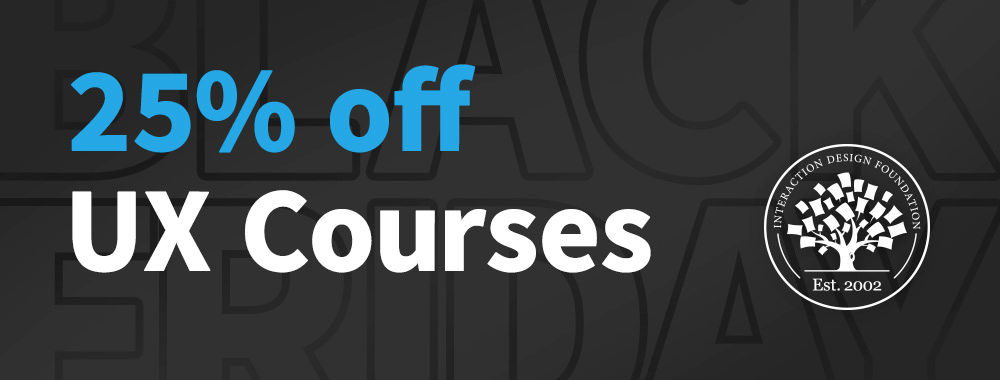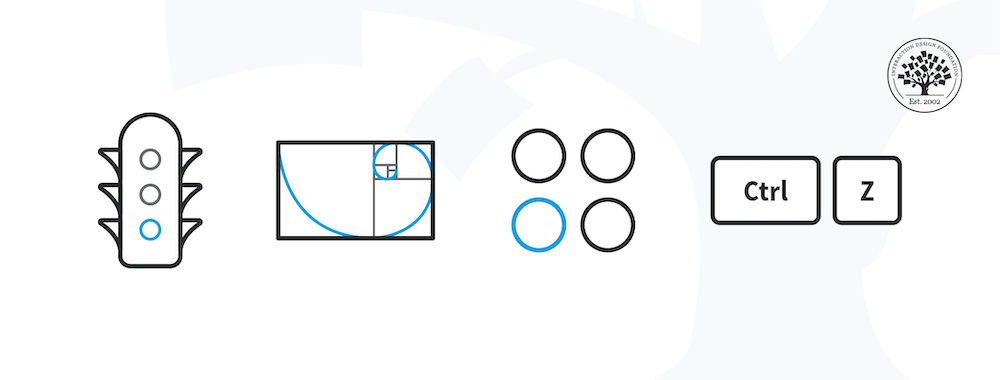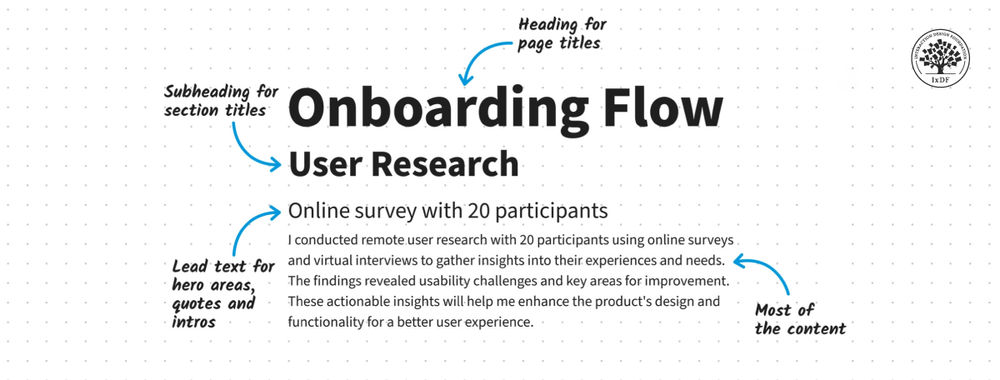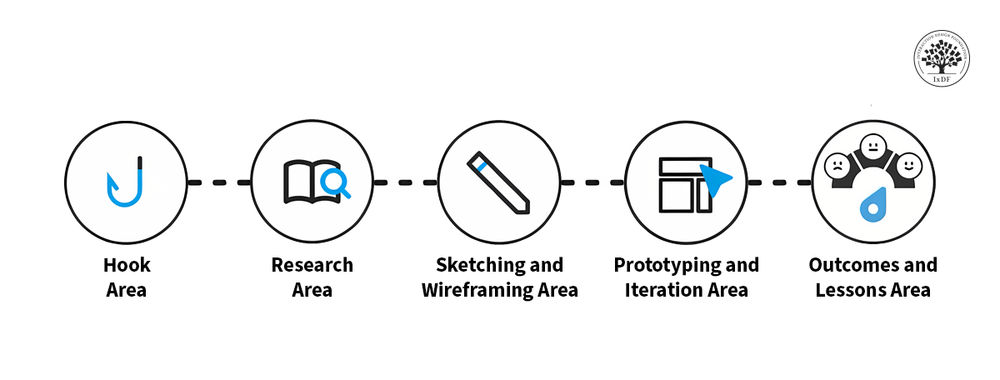User Experience design is all about getting people to use our products. We’re not so much concerned with people buying our products, that’s sales and marketing’s focus, we’re concerned with the way that people adopt our products into their lives. We want to create lasting relationships that create brand loyalty, repeat business and word-of-mouth referrals and recommendations.
There are four areas of user perception that can encourage or discourage adoption of our products. Let’s take a look at each of them and how we might be able to examine them in our UX research:
Perception of Value
In order for customers to adopt a product; they need to see the value in that product. Products can deliver positive impacts but if they’re not seen to deliver positive impacts; the perception of value is low or non-existent.
It’s also possible to produce products without such an impact that customer’s perceive to have value anyway. The entire homeopathic health industry relies on this to generate billions in revenue each year. Sugar pills are sugar pills and their benefits are pure placebo (there are much cheaper ways to buy sugar than through a homeopathic practitioner) but customers of homeopaths perceive a benefit and thus keep buying that sugar at incredibly inflated prices.
We begin examining the perception of value with the product’s value proposition. If the value cannot be clearly articulated in house – it seems unlikely that it’s going to be easy for a user to articulate the value. We can test that by seeing if, after reviewing our marketing material or website, the potential user can articular the value.
Then we need to examine two other perceptions – the first is the question of utility; “Is this product useful to you?” but we should also remember that people buy plenty of things that aren’t useful so much as they are enjoyable (think computer games or novelty products) and we should ask; “Is this product fun to use?” too.

Author/Copyright holder: Víctor Nuño. Copyright terms and licence: CC BY-NC 2.0
Level of Certainty
We move on from perception of value to the level of certainty that our product delivers on its perceived value. Is it as fun or as useful as it appears to be at first glance? More importantly do customers believe that you can deliver on that perceived value before they even touch the product?

Author/Copyright holder: s pants. Copyright terms and licence: CC BY 2.0
New technologies can often find themselves caught between a rock and a hard place. Driverless cars, which are currently in development, may sound fantastic but the true test of their staying power will be – do people trust cars to drive them from A to B in a safe and reliable manner?
If the level of certainty when responding to that question is low… there’s a major mountain to climb to convince people to become users in the first place. A lack of user confidence in the product is going to be a huge barrier to their adopting that product.
For driverless cars that certainty may come from the power of the brands developing them – people tend to trust names like Google because they see them as capable of delivering technologically advanced solutions, they might be less trusting if the driverless car came from a brand new startup with no track record in the market.
You can measure the level of certainty by asking your users what they think the chances of a successful product are, or what problems they anticipate with a product.
Is the Product Accessible?
Accessibility is a measure of two separate components. The first is convenience, how convenient is the product to use? Why are bicycles so unpopular for short journeys – when it’s clear they’re so easy to use for this purpose? Well, there’s the weather, the lack of bicycle parking in many places, the behaviour of other drivers, the likelihood of theft, etc. it turns out that while bicycles have usability in spades – they often lack convenience.
The second component is usability and that’s something that most UX designers will be intimately familiar with. Usability is a part of UX rather than the whole of it but we all know that if a product is hard to use – adoption is hard to win.
It’s important to examine both convenience and usability during testing and to measure them as early as possible. An inaccessible product won’t find it easy to keep users in the long-term.
Does the Product Engender Trust?
Users are concerned for their safety, their privacy, their financial security, etc. If your product raises concerns – you need to work out how to address these with your users in order to get them to adopt the product. You cannot ignore the need for users to trust a service, you need to bridge the gap.
For example, internet banking still has large amounts of resistance, despite its convenience because in many places – people aren’t convinced of the security aspects of the system. They may not have their own computers at home and working in an internet café can leave someone quite apprehensive about accessing their financial accounts.
Or imagine that you want to use geo-locations in a mobile application. Will you users be OK with you sharing that data with others? If not, how can you ensure that data is held securely without impinging on functionality?
There are many ways that a user may not trust a product and the UX researcher’s job is to work out where these pain points lay.
You may also want to ensure that you under-promise and over-deliver in your marketing materials rather than vice-versa. There’s no quicker way to kill someone’s trust than to promise something that seems “too good to be true”. Again you can test marketing collateral with users before you put it out in the wider world.

Author/Copyright holder: Paolo Massa. Copyright terms and licence: CC BY-SA 2.0
Summary
Ensuring that users adopt our products for long-term use is part of designing a great user experience. The four areas discussed above are critical for this. Fortunately, they’re all things we can examine in our research and resolve before we go to market – as long as we’re looking for them in the first place.
Header Image: Author/Copyright holder: ImagineCup Copyright terms and licence: All rights reserved. Img












